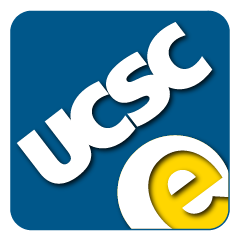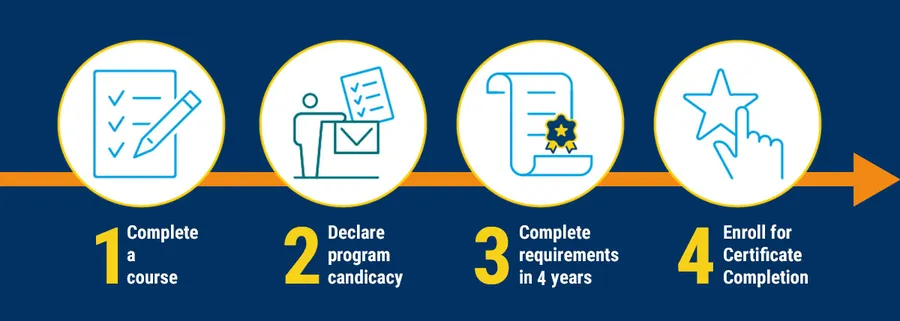
Embedded Systems
Building the internet of things
CONTACT US
certificate Description
Build your knowledge of universal connectivity
The UCSC Silicon Valley Extension Embedded Systems professional certificate program prepares students with the core design skills needed to work at some of the top companies in the Valley.
Our hardware professional students learn to design function-specific computer and communication systems, including:
- mobile devices,
- the Internet of Things,
- networking equipment,
- industrial controllers, and
- consumer and automotive electronics.
Learn on industry-standard hardware
Students get invaluable hands-on experience with quick prototyping using FGPAs from Xilinx. Learn to design and test hardware and software innovations of the future as you prepare for high-paying jobs in the industry.
Embedded Systems certificate program objectives
- Design, debug, and synthesize digital logic for ASICs, PGAs, and IP cores
- Understand the basics of embedded software and hardware design
- Decode IO technologies, including PCI Express, Ethernet, and Fibre Channel
- Design and implement prototypes using FPGA
Program Overview
Estimated Cost: $3,810–$5,500 + Est course materials: $500 (You pay only for courses you enroll in.) | International Tuition Cost
Program Requirements: 5–6 courses (14 quarter units). Take 3 required courses (8 quarter units) and 2–3 elective credit courses (6 quarter units). End with Certificate Review.
Minimum Hours of Instruction: Minimum 140 hours of instruction.
Estimated Duration: A full-time student can complete the certificate in 9–12 months.
Modality: You can complete this program fully online, in person, or choose a mix of course formats.
Courses
1. Required Course(s):
2. Electives: Embedded Software
3. Electives: Embedded Hardware
4. Also of Interest - Do not count towards the Certificate
5. Completion Review:
Meet Our Instructors
Certificate Inquiry Form
Recommended Course Sequence
We suggest students begin with Embedded System Hardware Architectures, Introduction.
The remaining courses may be taken in any order provided prerequisites are met.
Electives are offered in two areas of study.
- Embedded Hardware
- Embedded Software
Substitutions
Shared credits
Some Engineering and Technology courses may be listed in more than one program. However, only one course may be shared between two E&T certificate programs unless otherwise noted.
To receive your certificate
Requisite Knowledge
Technical aptitude
You need a degree in a technical field or equivalent knowledge acquired through training and experience in system design and development. We recommended you have experience in C programming.
Please review course descriptions
Make sure you have taken the necessary prerequisites or meet the requirements through job experience or previous education before registering for a course.
Advisory Board

Certificate Program Chair
MICHAEL A. WANG, M.S., M.B.A., is director of business development at Silicon Motion Technology Corp. He has held various technical and management roles at startups and multinationals in Silicon Valley.
Certificate Program Advisory Board
ALFREDO ALBA, MS
Senior Technical Staff Member, Intelligence Augmentation Department, IBM Almaden Research Center
ABDO BABUKR, MSEE
Consultant, Embedded Computing, Wave Spectrum, Inc.
SAM HUYNH, Ph.D.
Principal member of technical staff and a senior manager, AMD
Y.C. WANG, BSEE
Director, Global Academic Program at Digi-Key Electronics
Instructor, Embedded Systems Certificate Program, UCSC Silicon Valley Extension
Establish Candidacy
Grade Requirements
Please note that only letter grades of C or higher may be applied to a certificate, and in some programs, students may have more stringent requirements. Students in most employer- and government-sponsored payment programs, such as workforce development, as well as international students on F-1 visas, need to maintain a B average to meet their requirements.
See Grading and Credits Policy for further information.



















